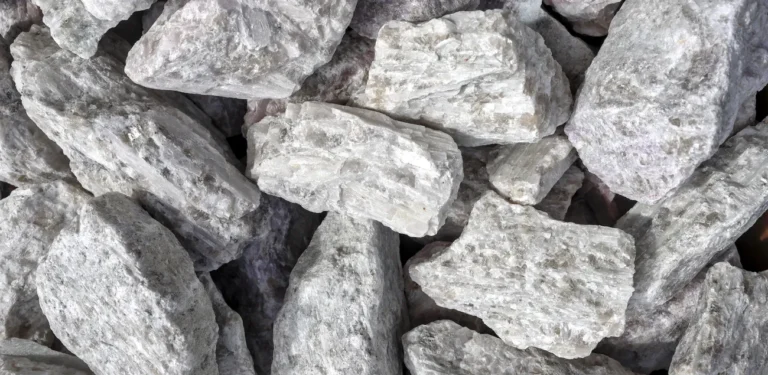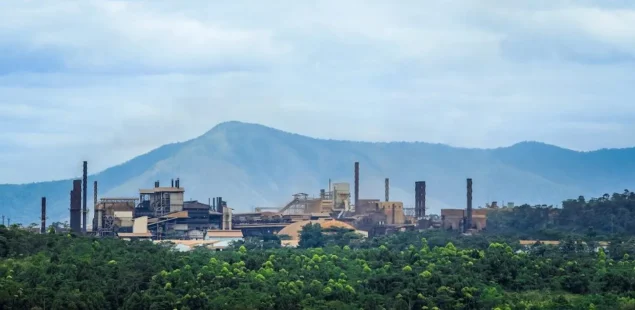
Aurubis, Germany’s largest copper producer and Europe’s top recycler of complex metal scrap, is steering €1.7 billion ($1.89 billion) toward expansion. Chief financial officer Steffen Hoffmann—new in the role—says the programme, anchored by a €740 million recycling smelter in Richmond, Georgia, is aimed squarely at surging North-American appetite for critical metals. With a robust 56 percent equity ratio, he argues, the company can foot the bill itself while copper prices hover near record highs.
Investment Programme Anchored by Richmond Recycling Smelter
The Richmond complex will be the first U.S. plant able to turn high-impurity scrap into London-grade copper cathode, capturing value that currently sails abroad—almost 960,000 tonnes of U.S. scrap left the country in 2024, 41 percent of it bound for China. Hoffmann says the facility positions Aurubis to serve domestic buyers if President Donald Trump’s proposed 50 percent import duty on copper takes effect on 1 August. The mere threat has already pushed COMEX futures above $12,500 a tonne, he notes, fattening the premium over the London Metal Exchange price and underscoring the logic of recycling at home.
Balance-Sheet Discipline Offsets Free-Cash-Flow Strain
Roughly €1.1 billion ($1.22 billion) of the spending plan is tied to projects already underway, and management intends to keep leverage low until a new post-2026 strategy is set. Hoffmann is chasing mid-double-digit-million euro overhead savings and a mid-triple-digit-million working-capital release, moves he says should bring free cash flow “in the near term” back to breakeven, he told FINANCE magazine.
Security Overhaul After 2023 Theft Scandal
A €300 million ($333 million) revamp of the Hamburg precious-metal refinery adds extra cameras, drones and tighter access zones after thieves siphoned valuables worth tens of millions in 2023. Aurubis insists demand has not wavered; operating earnings before tax hit €229 million in the half-year to March, buoyed by firm sulfuric-acid by-product prices.
Copper-Intensive Megatrends Underpin Demand
An offshore wind turbine can swallow up to 40 tonnes of copper, while an electric vehicle needs as much as 80 kilograms—roughly four times that of a combustion-engine car. Data-centre cabling, replaced every three to five years, is emerging as a fresh scrap source. Those forces help explain why analysts still see a refined-copper deficit north of 250,000 tonnes this year, despite a cooling Chinese construction sector.
Tariff Risk Viewed as Manageable
Aurubis currently books only about 1 percent of its sales in the United States, limiting direct pain from any copper-import levy. Even so, Hoffmann contends the Richmond project dovetails neatly with Washington’s broader industrial-policy goals, potentially opening doors to Inflation Reduction Act incentives.
Company Background and Market Context
Founded in 1866 as Norddeutsche Affinerie, Aurubis runs a smelter network that spans Germany, Bulgaria, Belgium and Finland, processing roughly 2.4 million tonnes of concentrates and recycling feedstock each year. It turns out copper cathodes, continuous-cast rod, precious metals and specialty alloys, chalking up €9.2 billion ($10.2 billion) in revenue and €231 million ($256 million) in operating profit in the first half of fiscal 2024/25. The Bulgarian Pirdop refinery is being enlarged by 50 percent to 340,000 tonnes of cathode capacity, while the Hamburg upgrade lifts precious-metal throughput. Beyond copper, Aurubis also refines gold, silver, tin, lead and selenium and ranks among Europe’s leading recyclers of electronic scrap.
Copper Market Snapshot
London Metal Exchange three-month copper traded at $12,250 a tonne on 12 July 2025, up 30 percent year-on-year as ore grades in Latin America deteriorate and scrap flows tighten amid the U.S.–China trade dispute. Supply additions from Peru and Indonesia are expected to ease the squeeze in 2026; any slippage, analysts warn, could shove prices toward $14,000, further burnishing the appeal of recycling assets like Aurubis Richmond.



